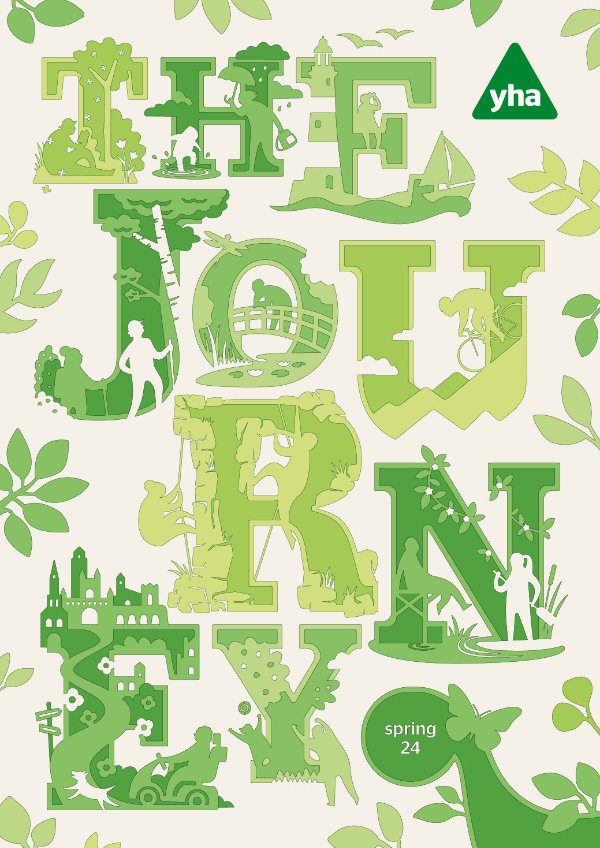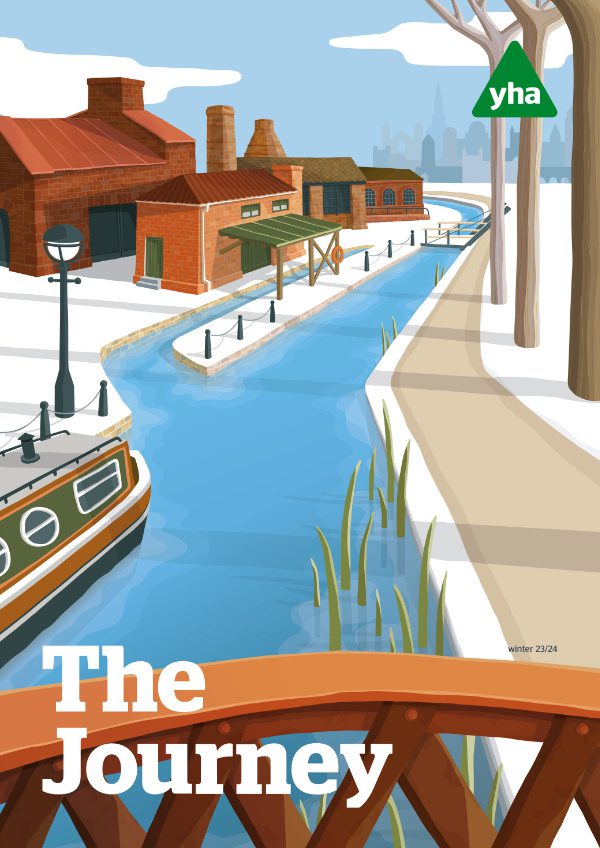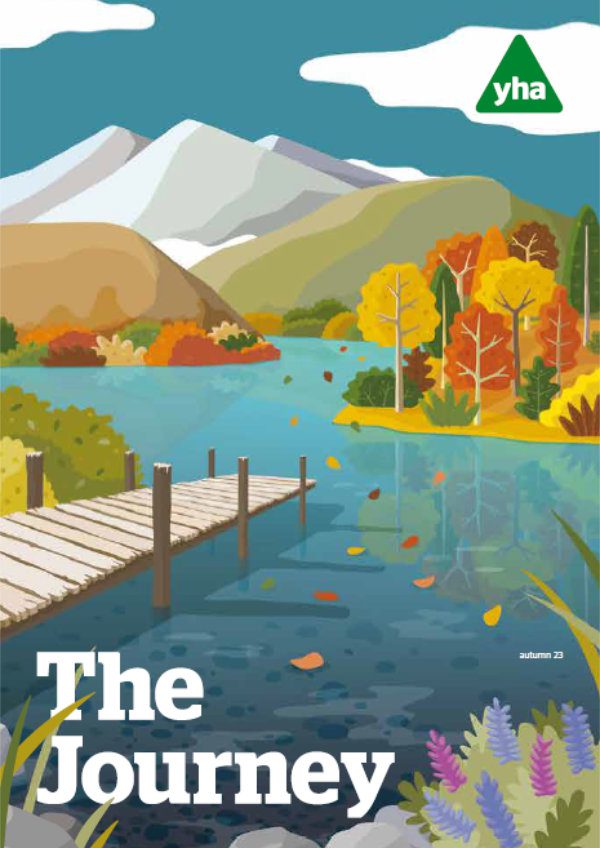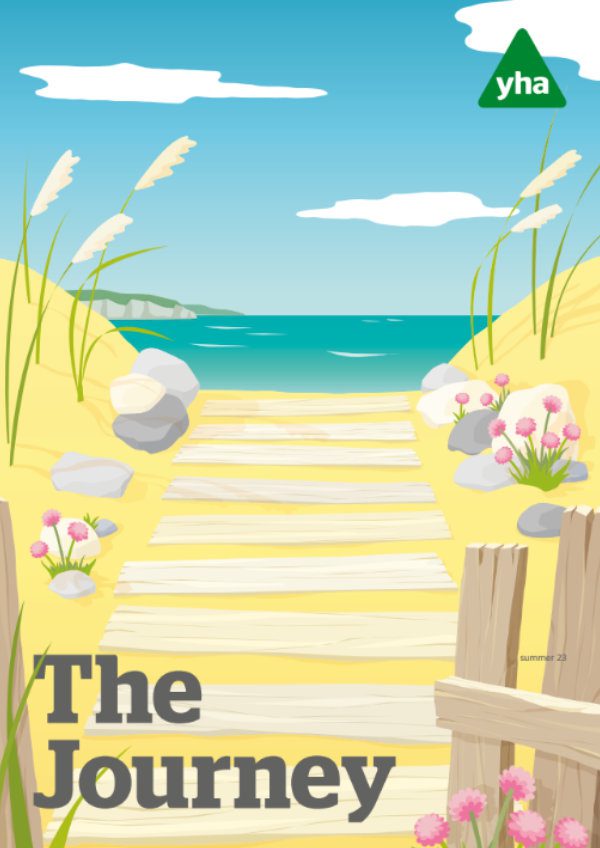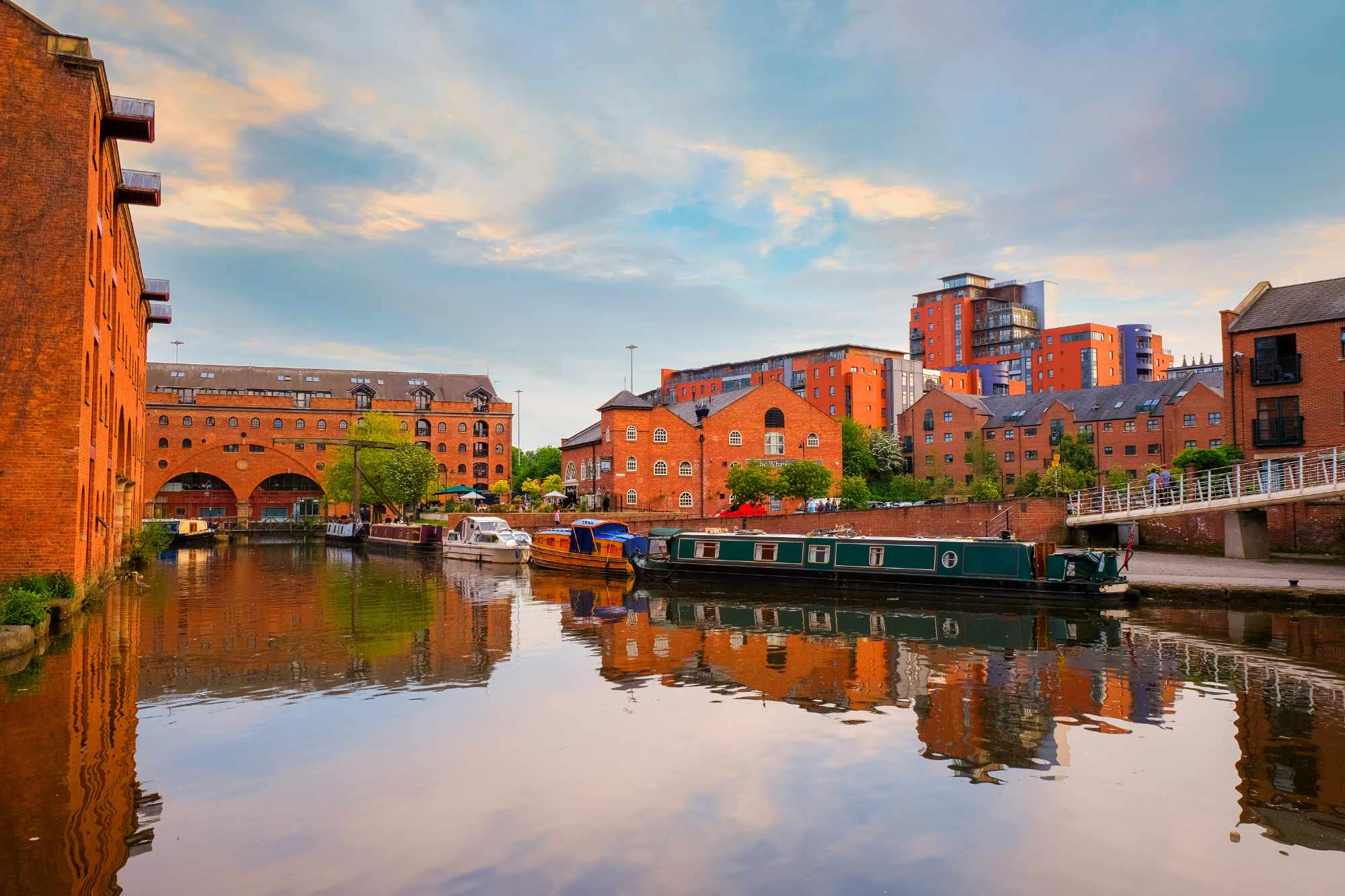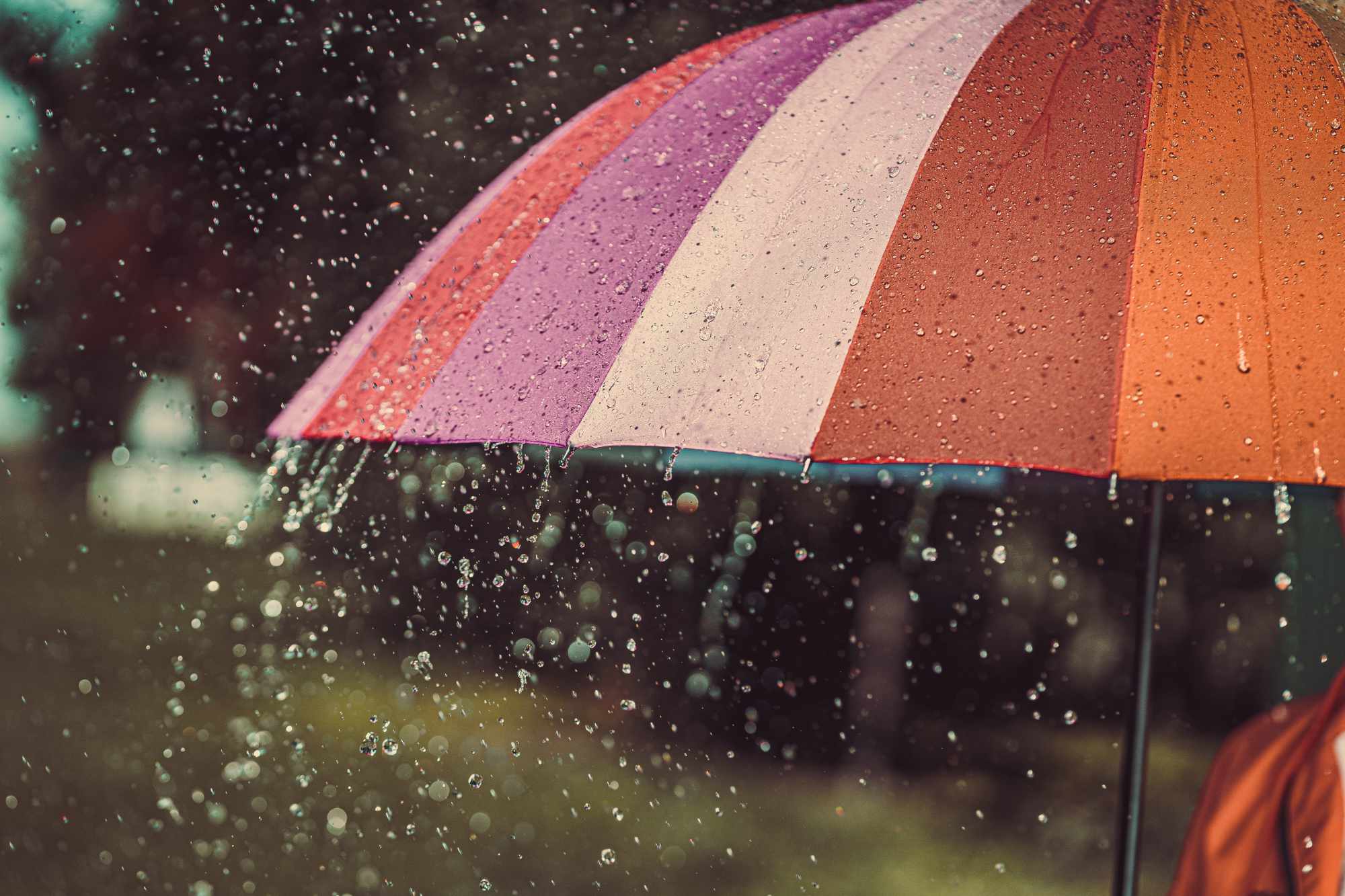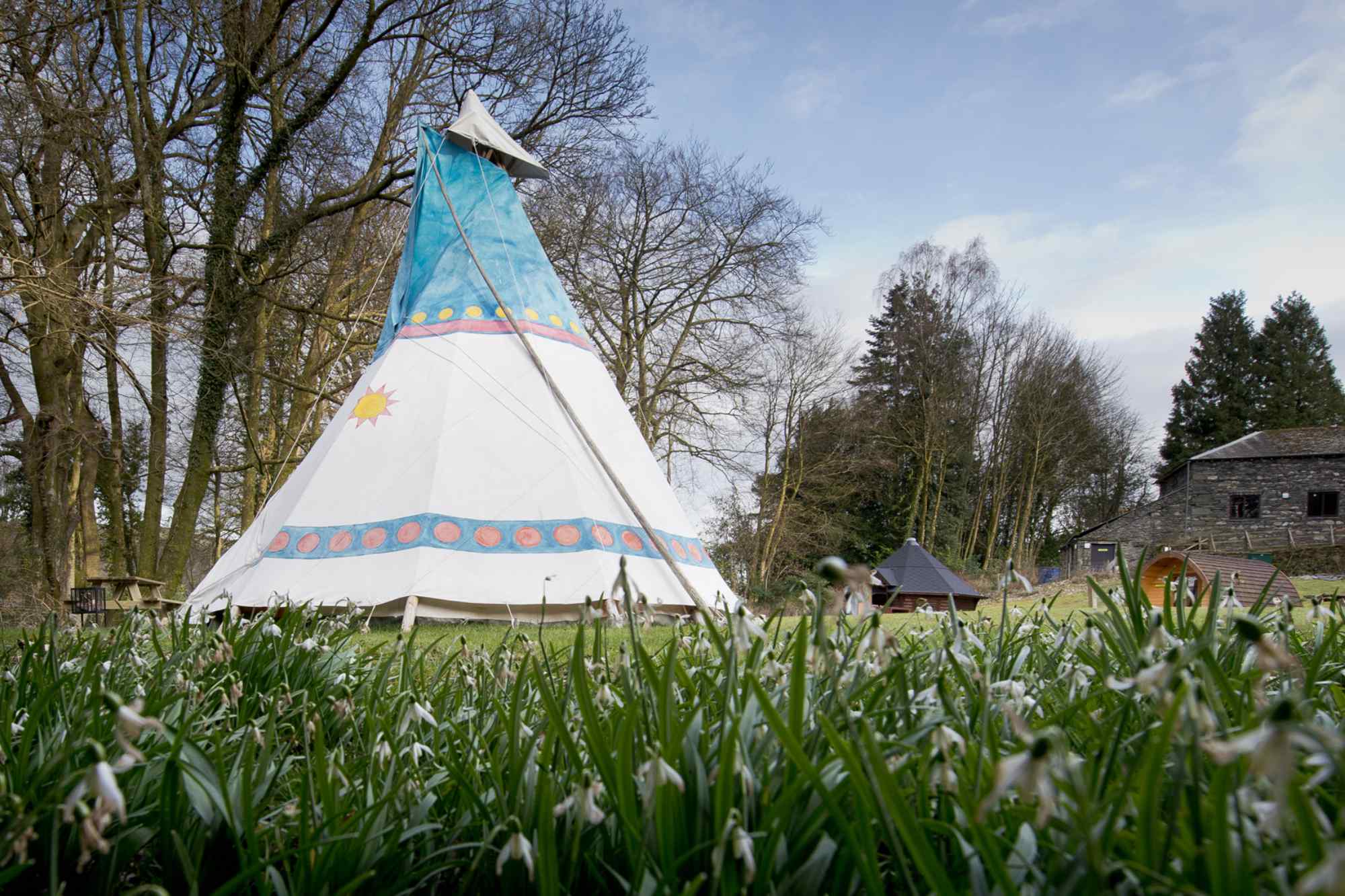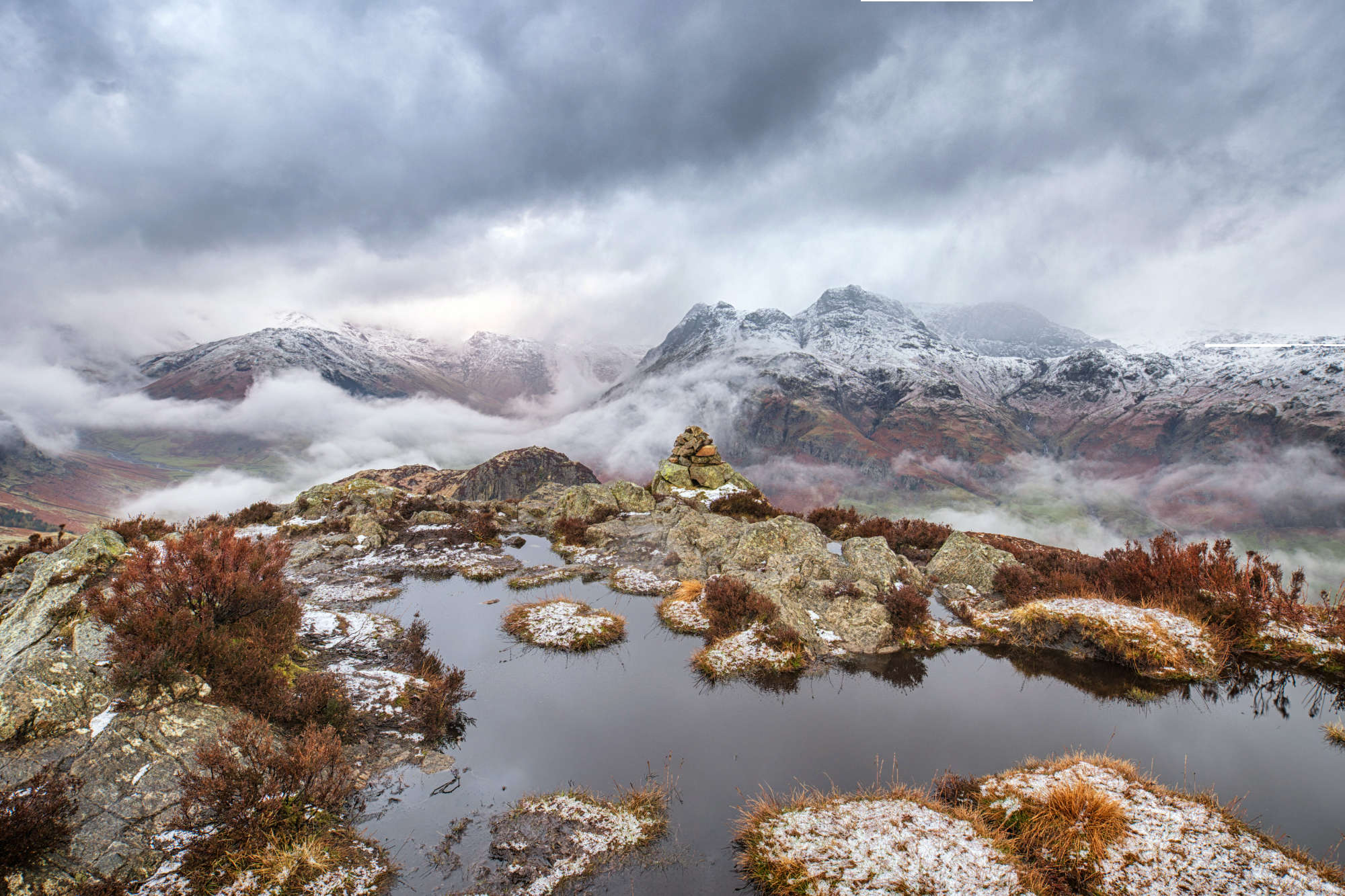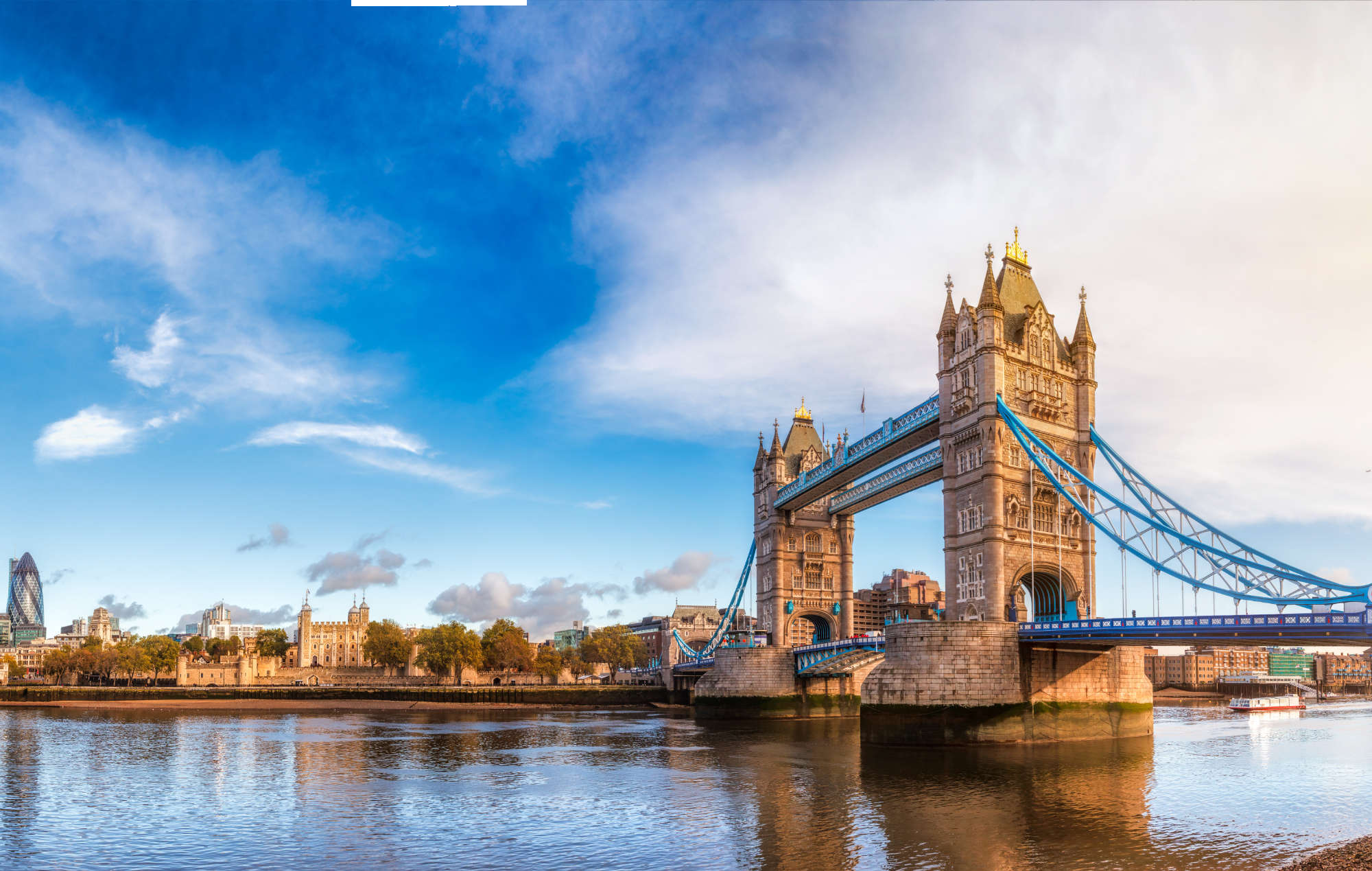In the first of a new series, we’ll be looking at ways to get into different outdoor sports, from canoeing to climbing. We’re going to start with one of the easiest and most fun sports to get involved with: how to start trail running.
Memories of those gruelling, muddy cross-country runs at school may still seem painful, but the experience is completely different when it’s on your terms. See it as a chance to get fit, a chance to get out into nature.
You can do it just about anywhere, there’s little investment needed, and, frankly, dashing through woodland, hopping over trees and getting muddy is fun. Here’s our guide to how to start trail running.
What is trail running?
It’s loosely defined as running on softer surfaces such as grass, mud and marked trails. Essentially, anything that isn’t a paved surface. Fell running, as practised widely in the Lake District and other upland areas, is more extreme and rugged. Trail running might be across your local park, through woodland or along a marked footpath. According to Runner’s World magazine, it should involve at least three of the four following elements: unpaved trails, natural obstacles, significant elevation gain/loss and scenery.
What do trail runners love about it?
Getting outside. The nature and wildlife that can be spotted. The sense of challenge. The concentration it takes to avoid tree roots and puddles (compare this to a monotonous road run). For some, the chance to get out by themselves is the pull. For others, it’s the sociability of taking to the trail with fellow-minded runners.
A trail run can be a 20-minute woodland jog or a four-hour pant around the Peak District. It can be an organised race or a jog-a-bit, walk-a-bit foray into the outdoors. It can be done in virtually any weather (sometimes it feels good to have a bit of rain in your face) and lends itself to almost anywhere in Britain. In short, it’s what you want to make it.
What kit do you need?
Trail running shoes: The one essential piece of kit. They differ from running shoes in that they have great grips for mud. Any outdoor store will be able to advise you on a suitable pair, and there are plenty of bargains to be had.
Seasonal gear: It really depends on the season and how long you’re running for, but we’d recommend a light waterproof jacket and a long-sleeved base layer. On your legs, a pair of shorts in summer and running tights or tracksuit bottoms in winter. A good pair of socks will help avoid blisters. Take a hat and gloves in winter too.
Backpack: For long runs, a water bottle and snacks may be needed. You may also need a map, compass and phone if you’re heading into new territory. A small, light backpack is useful on longer runs.
Is it safe?
Well, yes, but common sense prevails. There’s always the chance of tripping and falling. In remote areas, it can be sensible to go with someone else, or as part of a group. Route ahead looking dicey? Don’t go that way. Let someone know where you’re going and what time you’re due back. Always carry a phone.
Planning where to go
It’s easiest to start where you already know. Perhaps it’s where you walk the dog, the route to the local country pub, or even around the park. Many Park Runs are off-road.
If you’re new to an area, get hold of an Ordnance Survey map and find a good circular path or bridleway. Take note of the ascent and descent before you set off. It can be a good idea to run with the map in your hand, keeping an eye on where you are.
Resources
The Trail Running Association is an associate member of UK Athletics and is a good place to check to join groups and competitions.
But most importantly, just get going. Trail running offers great rewards beyond fitness.
Why I love trail running by Marcus Scotney
“Trail running gives me the opportunity to disconnect from the urban sprawl and be immersed in the energising wilderness of nature, running through woods, muddy paths and over moors, enjoying the tranquility of the moorlands and exploring the countryside as I create my own running adventure.Trail running is dynamic, so it strengthens the body and isn’t as hard on the joints as road running. Running in the countryside also renews and refreshes the mind.”
Marcus Scotney is a well-known ultra runner, sports therapist and endurance coach.
Discover more about YHA.
